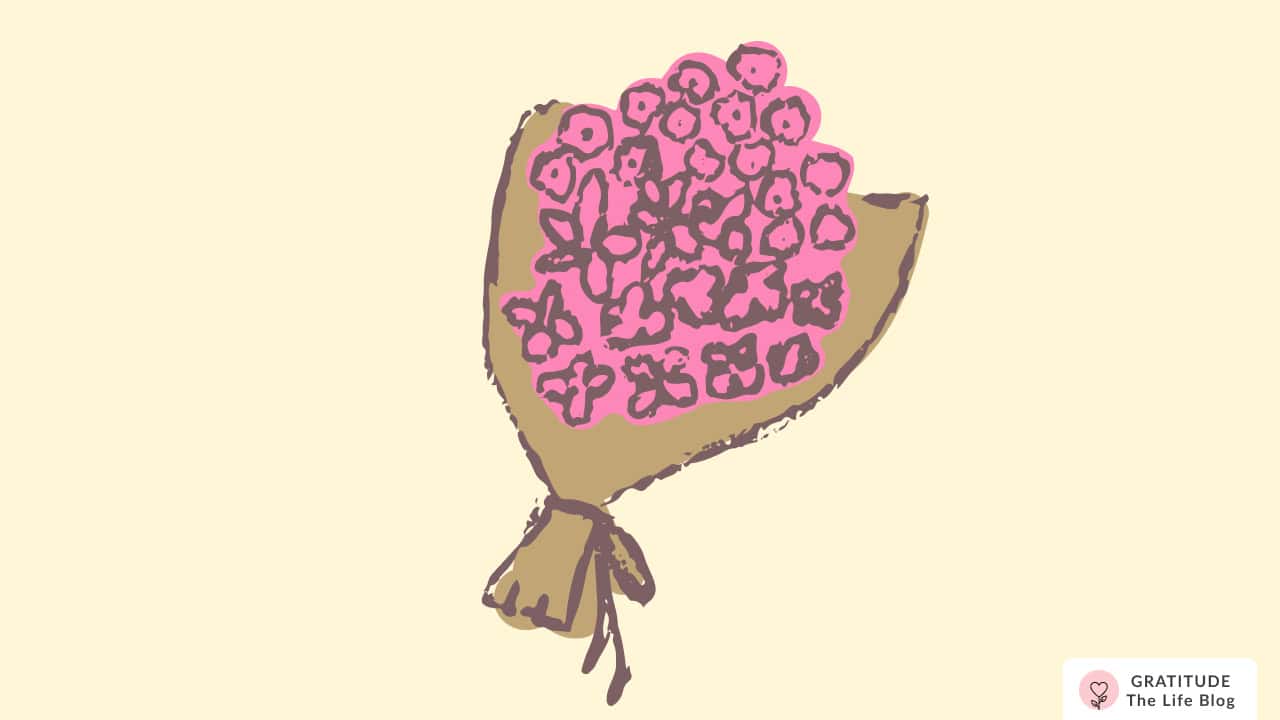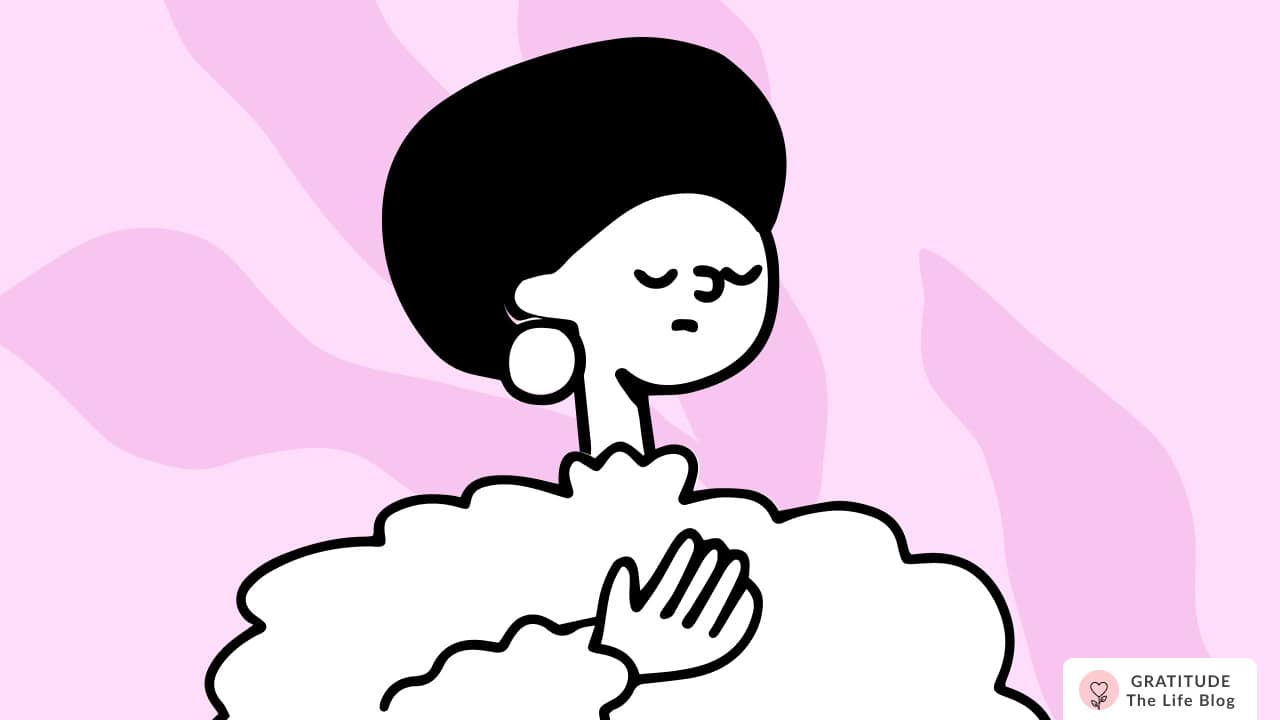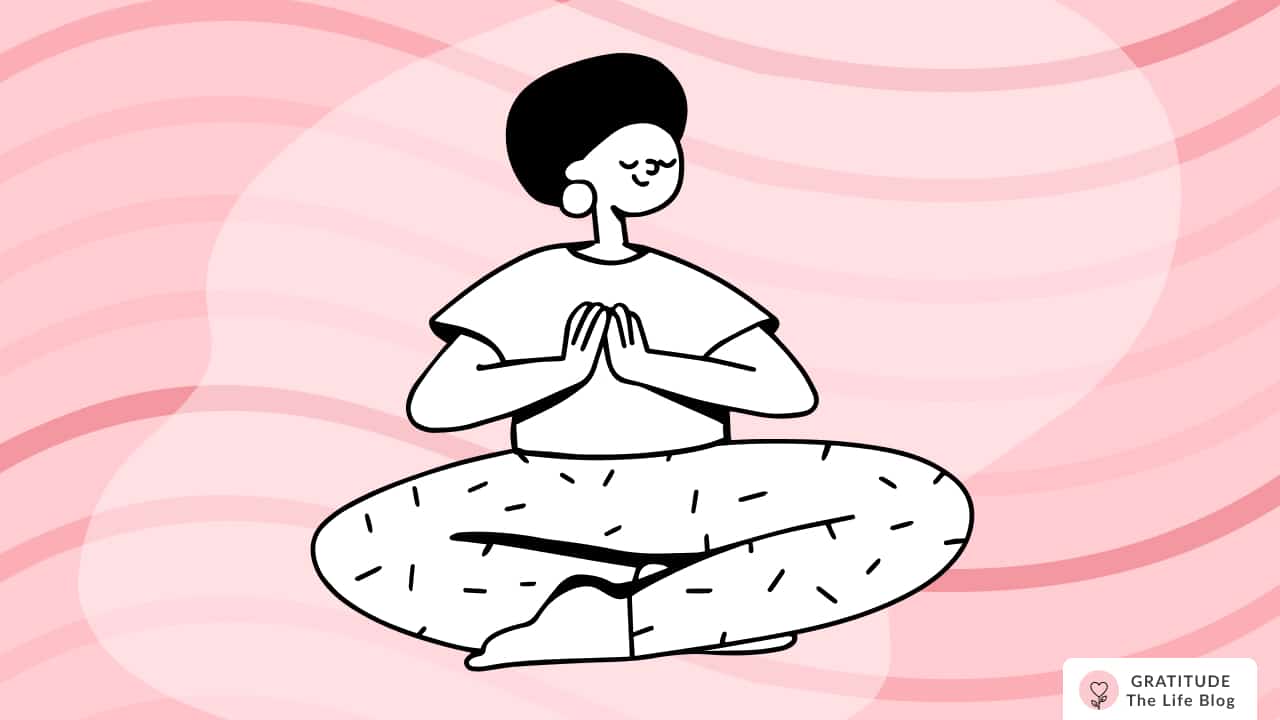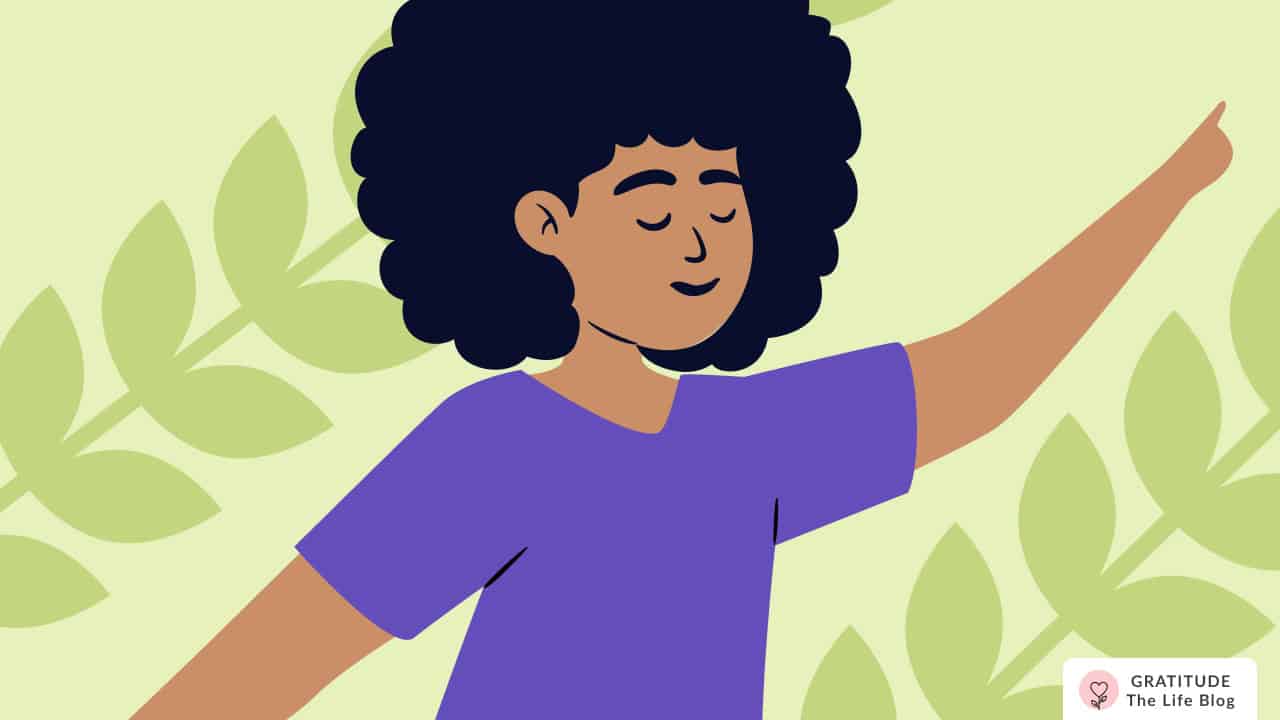7 Types of Journaling For Self-Reflection & Happiness
Find yourself by expressing yourself.

Journaling is one of the most reflective and fun things you can do for self-care which also helps you record moments of your life in a really meaningful way. It is certainly my favorite way to express my thoughts and understand myself.
I've been keeping writing in my journal for more than 6 years now and I can associate some pivotal epiphany-like moments in my life with it. It's a fairly simple activity that can help us all get closer to who we are and want to be.
Journaling has no rules except that you do it. Today, I am excited to share the various types of journaling you can do to have an enjoyable time and also have a calmer, clearer mind.
I recommend using an app like Gratitude or your regular paper journal for your journaling activities. Using an app gives you the freedom to carry your journal with you wherever you go while keeping it private.
Also, journaling is supposed to help you, not stress you, so there's no need to overload yourself with trying out too many types of journaling at once. Do what you enjoy and can keep up with. Even one is enough! So, take it easy, take it slow, go with the flow. This doesn't have to be a burden at all.
Now, with that, let's head to the 7 types of journaling that can help you self-reflect and express yourself:
Types of Journaling
- Daily Journaling
- Gratitude Journaling
- Affirmation Journaling
- Mindfulness Journaling
- Reflective Journaling
- Stream of Consciousness Journaling
- Photo Journaling
1. Daily Journaling
A daily journal is just that, a journal that you write in daily. Here we generally write about the events of the day, and our thoughts and feelings.
You can write about anything you want, there is no structure to the daily journal. It has a lot of flexibility and can transform into many other types of journals based on what you write in a day. For example, if you write things you're grateful for, it becomes and gratitude journal, or if you make a drawing, it becomes an art journal.
A daily journal is therefore a mosaic because it can be used for any journaling purpose, and that's wonderful. However, since it doesn't have a direct goal, we can sometimes be clueless about what to write. In that case, here are some daily journal prompts that you can use to get instant ideas!
- What are you grateful for today, no matter how big or small it may seem?
- What's something you learned from a recent challenge or setback, and how can you use that knowledge to grow?
- Who has made a positive impact on your life, and how have they influenced you?
- What have you accomplished recently that you're proud of, and what did it take to get there?
- What's something in nature that you find inspiring or beautiful, and how does it make you feel?
- Think about a time when someone showed you kindness. How did it make you feel, and how can you pay that forward to others?
- Reflect on a time when you helped someone else, and what impact did it have on you and them?
- What's a favorite food or meal that brings you joy, and why is it special to you?
- What are you looking forward to in the near future, and how can you prepare for it?
- What possessions do you cherish, and why is it important to you?
2. Gratitude Journaling
As it says in the name, gratitude journaling is about writing what you are genuinely grateful for. You can write it in the form of a list or paragraph, it's up to you.
One common concern people have when they learn about a gratitude journal is that they can't find things to be grateful for. And I understand where that comes from. In truth, the gratitude journal will help you find things to be grateful for. You don't have to have everything in your head already to begin, you only have to begin and as you go on, you will start to see that there were so many things you used to overlook.
Another good thing to remember is to think small. Your gratitude journal is not only about big and obvious joys but also about the little things that make your life better. In fact, it's mostly about those little things, like warm water, songs that you love, cozy blankets, hugs, kind people, your home, your bed, your pillow, your favorite mug, old photos, evening walks, your go-to ice cream stall, and so many more things!
Our Gratitude app is built especially for gratitude journaling and it has helped thousands and thousands of people make a habit of writing what they're grateful for and changing their whole perspective. You can read the stories of these people here. We have gratitude challenges that will give you a prompt every day and make it easy for you to get started. You can also add photos and voice notes. I really recommend you to give it a try!
Here are some gratitude prompts for you:
- Look around and list 5 things that help you in your day-to-day life.
- List 5 ways that having a mobile phone makes your life easier.
- Express gratitude for 5 things that you use daily.
- Write about an electronic device that you feel grateful to have.
- What is one thing about the Internet that you admire?
- What is something that you can do today that people 30 years ago couldn't?
- Think about the people you don't know who help make your life easier.
- List 5 things in your bedroom that you are grateful for.
- Express gratitude for 5 tools that help you save time.
- What privilege do you enjoy that others might not?
- Write about a song that you can't help but sing along to.
3. Affirmation Journaling
An affirmation journal is a solid way to set your intention for the day and begin on good feelings. Affirmations are positive statements that help us feel better, calmer, and more motivated.
In your affirmation journal, you can decide how you want to go about it. You can write your own affirmations and pick them up from our blog, here's an example. You can decide the number of affirmations you want to focus on. Five is the most I'd recommend as they would be easier to remember.
You can write each affirmation three times, or expand on what they mean to you, or say them out loud. Try a combination of these methods and stick with what works for you!
4. Mindfulness Journaling
Mindfulness is the state of being fully present, and aware of where we are and what we're doing without judgment and questions. It is a quiet and relaxing state to be in. There can be many ways of practicing mindfulness and one of them is mindfulness journaling.
The purpose of mindfulness journaling is to bring your attention fully to where you are, to your surroundings, and to your body. It connects you with your senses and the emotions in your body. The best way to start this is with mindfulness journal prompts. Here are a few examples:
- Take a few deep breaths and center yourself in the present moment. What physical sensations do you notice in your body right now? Describe them without judgment.
- Spend a few minutes observing nature. What do you see, hear, and smell? How does this connection with the natural world make you feel in this moment?
- Choose a common daily activity, such as washing dishes or taking a shower. Describe the sensory experiences involved in this activity in detail. How does it feel to be fully present during this routine task?
- Consider a place that holds special meaning to you. Close your eyes and imagine being there right now. What are the feelings in your body that you can recall about being in that place?
- List three things you're currently grateful for in your life. Reflect on why each of these things brings you a sense of gratitude. Also, describe how it feels to express gratitude for them.
- Take a few moments to savor a small piece of food or a sip of a beverage. Pay close attention to the taste, texture, and sensations in your mouth. How does mindful eating or drinking change your experience of consumption?
- Think of a recent challenge or difficulty you faced. Write about how you responded to it in the moment. Were you able to observe your reactions without immediate judgment, or did you find yourself reacting automatically?
- How does your breath feel right now?
- Observe the colors and objects around you. Describe what catches your eye in this moment.
- Describe the taste and texture of your last meal in detail.
5. Reflective Journaling
Reflective journaling is about introspection. When we talk about how journaling helps us understand ourselves, it has a lot to do with reflective journaling.
This form of journaling encourages us to go deeper into our thoughts, feelings, reasons, reactions, decisions, insecurities, and values. It is self-reflection that leads to self-discovery. When we observe ourselves, we learn to understand ourselves.
Here are some self-reflection journal prompts:
- What makes you feel calm?
- What makes you feel in control?
- What makes you feel powerful?
- How do you encourage yourself when you're trying something new?
- How do you stay focused and steer clear of distractions?
- How do you savor the time you get alone?
- How do you swap envy for joy when other people accomplish things?
- How do you set boundaries and avoid absorbing someone else's emotions and stress?
- How do you trust yourself to make big decisions?
- How do you forgive yourself when you make a mistake?
6. Stream of Consciousness Journaling
This is the most structure-free form of journaling where you have no goal or question in mind except writing continuously. Your words should essentially keep flowing so that all your emotions and thoughts can freely come out. It's basically writing the monologue that goes inside our heads. The next sentence doesn't have to connect to the one that came before it. It is simply unloading one thing after another.
A popular version of this is called Morning Pages. Morning Pages is a concept from the book The Artist’s Way by Julia Cameron. It’s basically about writing three pages of all your thoughts and feelings in the morning.
There’s no structure, no expectations. You just have to write your thoughts. It can be incohesive, no expectation of perfectionism here at all.
Think about it like you are unloading all of the buzzy thoughts in your head so that you can have a somewhat lighter and clearer mind throughout the day.
7. Photo Journaling
Mostly recommended as a digital way of journaling (unless you have the resources to frequently print photos), photo journaling is something that I do with gratitude journaling.
I love to click photos of moments throughout the day. These photos are not staged or taken with a lot of care. They're simply the effort of a second but they capture moments I value. For example, photos of my dog sleeping next to my bed, my evening tea, my mummy smiling, my father eating fruits, a bird drinking water, and little things like that. Things that make me smile, things I'm grateful for.
This is also a really quick type of journaling. A lot of times I really don't have the time or energy to write, so what I do is simply add the photos I've taken clicked through the day to my Gratitude app entry. Or, I write my entry and also add photos to give life to everything I described.
This method is great for keeping a record of our simple, beautiful daily lives and treasuring the moments that give real meaning.
And with that, we've come to the end of this blog post. I hope you learned something valuable here and will add it to your journaling activity. I wish you the very best! May you get closer to yourself and be happier in life. Also, do share this with your friends and family. Maybe that'll encourage them to start journaling too! Thanks for being here. Take care!
Continue Reading: 12 Journaling Tips for Beginners: How to Start Journaling Today































